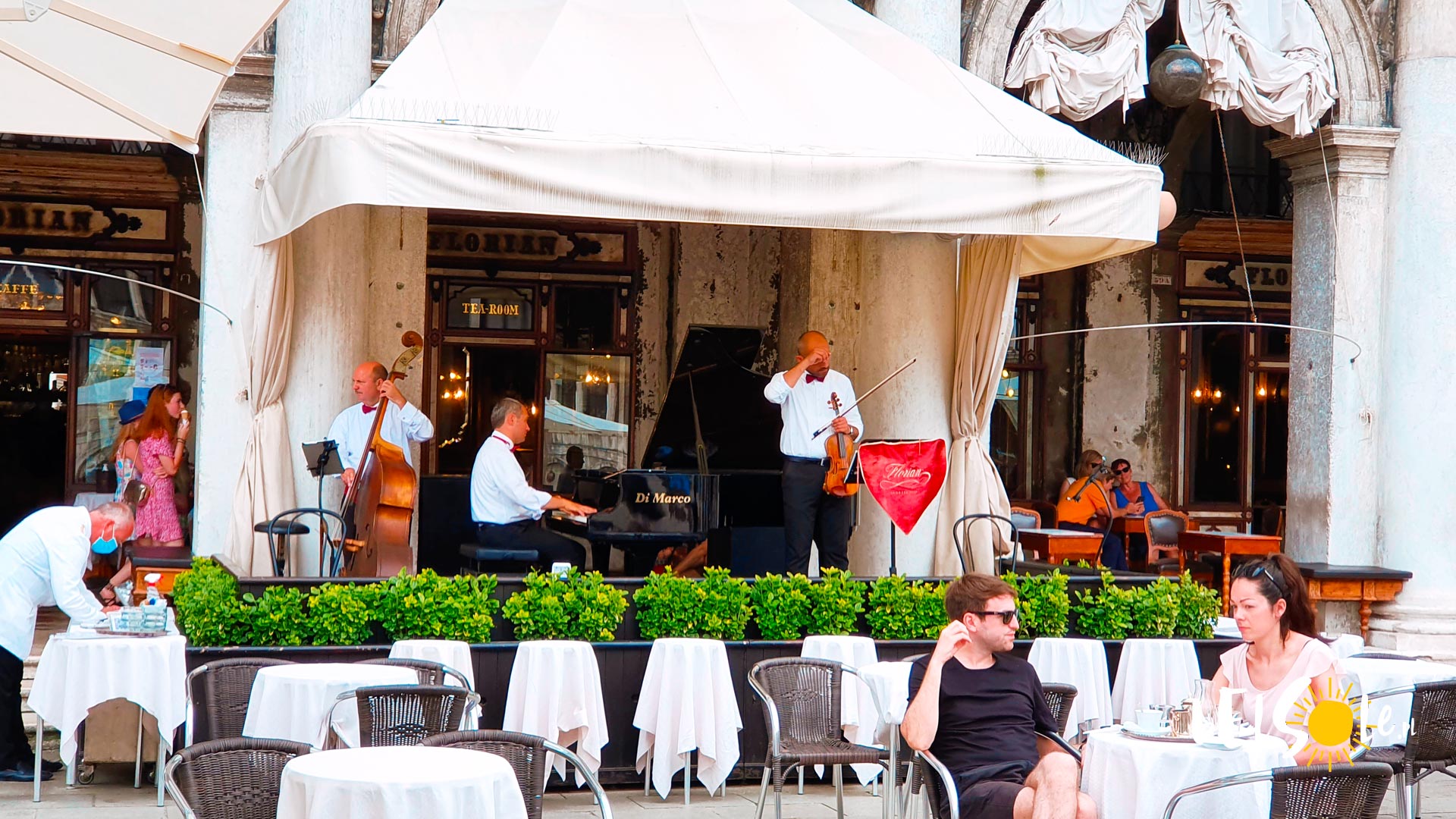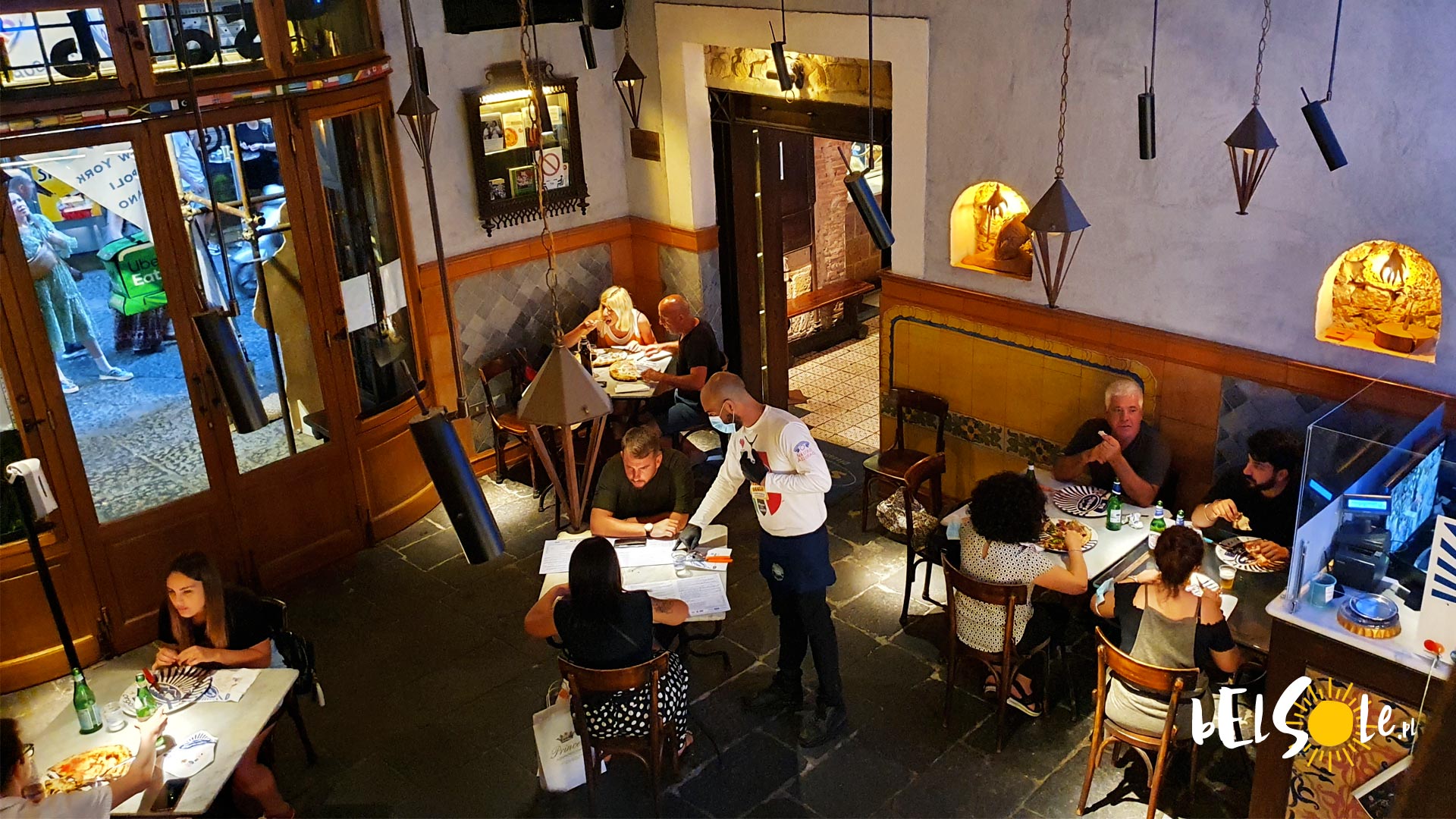You may have heard of something called ‘coperto’ in the context of Italian restaurants. In short, it’s an extra fee. But how does it work? What are you paying for? And can you choose not to pay it?
Coperto is a charge added to the bill for quite literally dining at an Italian restaurant – this includes the linen on which you put your plate, the plate itself, the bread you receive with meals, etc. Coperto, by law, must be included in the menu – it always is, though usually it’s a bit hidden away, so as not to attract the eye too much. Typically, the added cost is about €1-5. Mind you, this is per person, not just for one table that you occupy as a group.
The custom actually dates back to medieval times, when coperto was introduced to combat people bringing their own food and drink to an inn to just sit there for free. Innkeepers genuinely struggled as a result, so they had to charge these freebooters somehow. As much as, for us, it may, indeed, seem like a thing ripped straight out of the medieval times, Italians seem okay with it.
Can you avoid paying coperto?
So, firstly, though the pay is usually quoted as to ‘fund the bread’ that you get while waiting, refusing the bread and water will not make you not have to pay coperto.
Sadly, the simplest answer is just avoiding places which charge large copertos. There’s nothing illegal about copertos and every restaurant can choose to have a coperto, which they calculate themselves. As such, restaurants in more touristy areas tend to charge considerably more. The more fancy the place, like Caffe Florian, the more expensive the coperto. Sky’s the limit, as there’s no formal ceiling to it.
Ordering takeaway is one way of going about it, or just straight up eating at the bar, but there are also service charges, so, frankly, perhaps just opting for the restaurants with cheaper coperto will be the best way to go about it.
See also:







